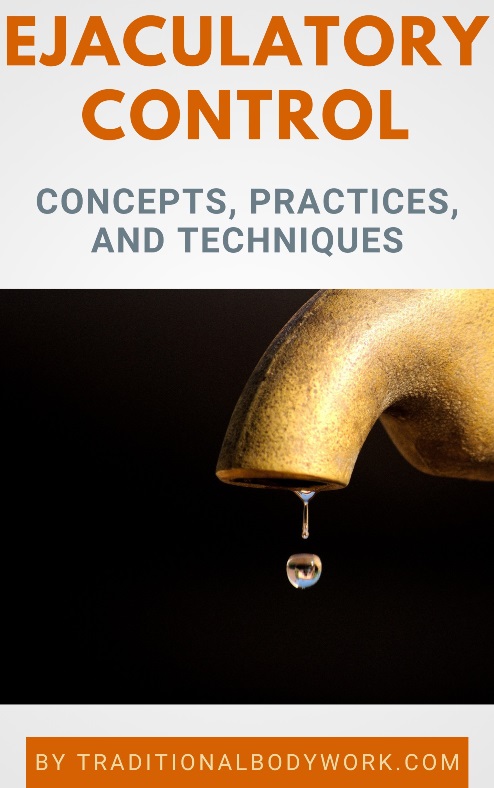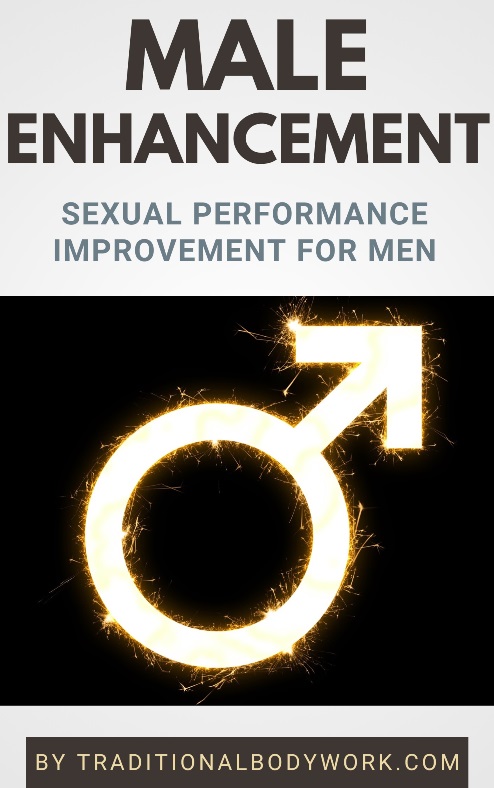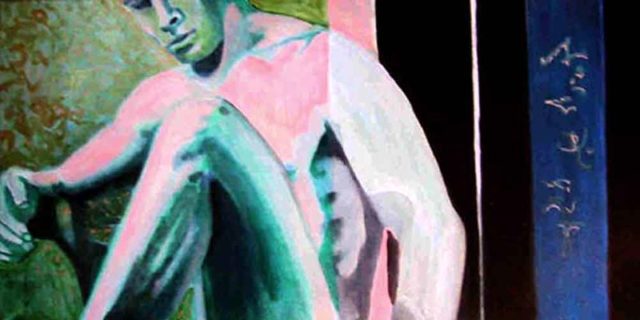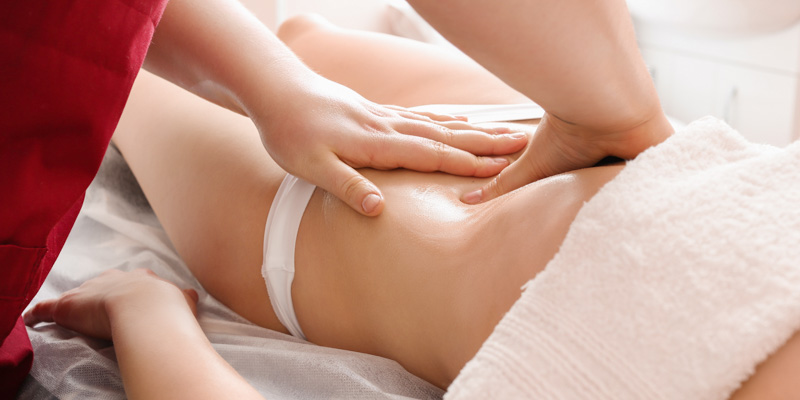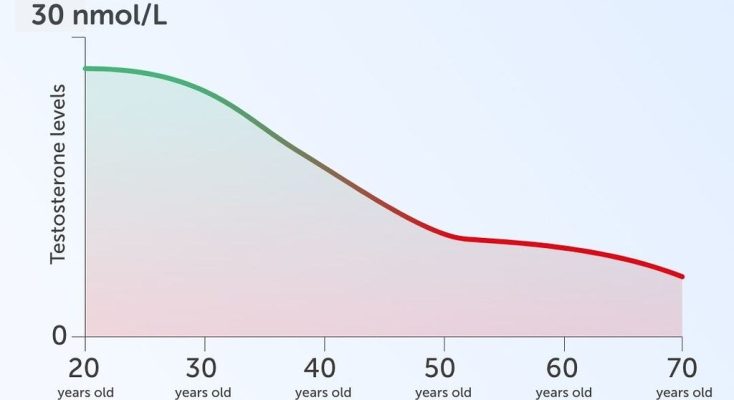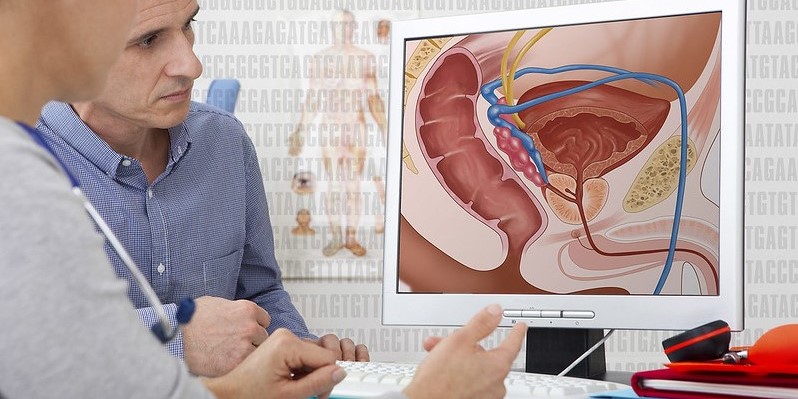
The prostate is a small gland of the male reproductive system found in most mammals, but anatomically, physiologically, and chemically it differs substantially among species. In humans, the prostate gland is usually about the size of a walnut and it’s found below the bladder, in front of the rectum, and surrounds partly the tube (urethra) in the penis that leads pee from the bladder.

The main function of the prostate is to secrete a fluid, which is milky or white in aspect, that in humans usually contains about 30% of the volume of semen along with spermatozoa and so-called seminal vesicle fluid.
The prostate also secretes an enzyme that plays a role in sexual arousal and sex drive, together with zinc and citric acid which help keeping sperm cells healthy and also lubricate the urethra.
Prostatic fluid is expelled in the first part of ejaculation, together with most of the sperm and other fluids. The prostate also has some muscles that help to excrete semen during ejaculation.
Although not part of the prostate, around it one finds important blood vessels and nerves that aid in getting an erection. Certain prostate diseases and/or the treatments for those diseases may damage these blood vessels and nerves which can result in Erectile Dysfunction (ED).
Benign Prostatic Hyperplasia (BPH)
On aging (particularly men over 50), the prostate can become larger which is called Benign Prostatic Hyperplasia or BPH (Benign Prostate Enlargement). It is a normal process of aging for most men.
Because the prostate surrounds part of the urethra, it can start to squeeze the tube. This can cause problems when trying to pee, or feeling the urge to pee very often (and very little with dribbling). Further complications may include urinary tract infections, psychologically-induced ED, bladder stones, and chronic kidney problems.
Typical classical treatment solutions, that is, Western treatment styles, might be medication, lifestyle changes, or surgery. Traditional treatment solutions however include a wide range of massage and bodywork practices.
Prostatitis
Prostatitis is inflammation of the prostate gland. Prostatitis is classified into acute, chronic, asymptomatic inflammatory prostatitis, and chronic pelvic pain syndrome.
The term prostatitis refers to inflammation of the tissue of the prostate gland. It may occur as a physiological reaction to an infection, but it also may occur in the absence of infection.
Prostatitis can cause trouble urinating, chills and fever, or sexual problems, like, for instance, pain in the genitals or pain when ejaculating, and can finally even lead to psychologically-induced ED.
Modern pharmaceutical treatments typically include medication, that is, antibiotics. Nevertheless, Prostate Massage has long been an official treatment, one that is increasingly resurfacing nowadays.
Prostate Cancer
Prostate Cancer is described as the development of cancer in the prostate. Most prostate cancers grow slowly, but some may grow relatively quickly.

The cancer may spread from the prostate to other areas of the body, notably to the bones and lymphatic system i.e. to lymph nodes. Initially there may be no symptoms at all.
In developed stages, Prostate Cancer can lead to difficulties with urinating, blood in the urine or pain in the pelvis or back, or pain when urinating. Other symptoms may include feelings of tiredness mainly caused by low levels of red blood cells.
Mind that Benign Prostatic Hyperplasia (a benign enlarged prostate) may show similar symptoms as Prostate Cancer.
Factors that increase the risk of prostate cancer include older age, a family history of the disease, and race, and about 99% of cases are found in males older than 50. Other factors thought to be involved include a diet high in processed meat, red meat or milk products or a diet that is low in certain vegetables.
Prostate Cancer is diagnosed by biopsy. Further examinations may be done to determine if the cancer has spread to other parts of the body.
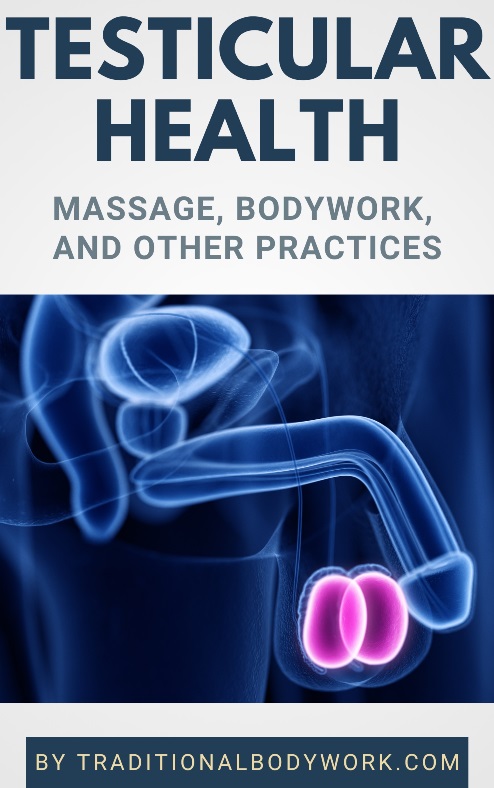
Treatments may include a combination of surgery, radiation therapy, hormone therapy or chemotherapy. In those men in whom the disease has spread to the bones, pain medications, bisphosphonates and targeted therapy, among others, may be useful. Outcomes seem to depend on a person’s age and other health problems as well as how aggressive and extensive the cancer is.
Mind that massage therapy is not advised when having an active cancer (and most certainly not on the cancerous area) because of the risk of spreading cancer cells and aggravating the cancer.
One of the adverse consequences of prostate cancer treatment is Erectile Dysfunction (ED). Typically, important nerves and blood vessels near the prostate that are important to get an erection become damaged. However, within one year after treatment, most nerves and blood vessels that weren’t permanently damaged will have recovered and men see substantial improvement with getting a natural erection. Certain exercises, sexual stimulation and medication may help to speed up recovery.

